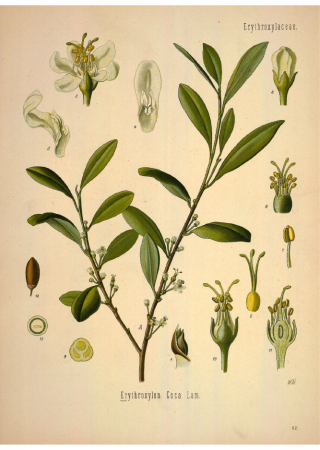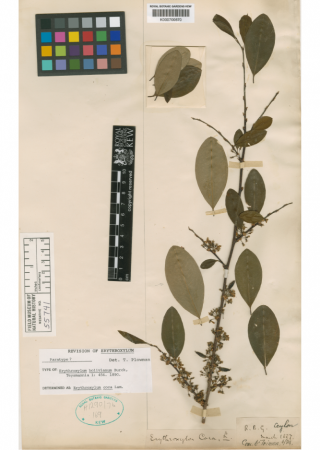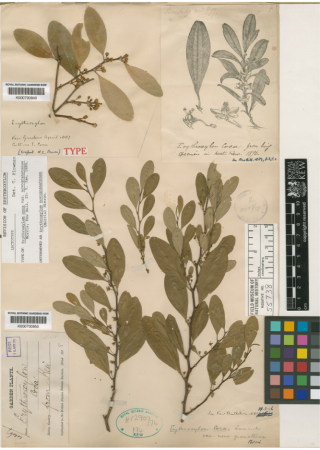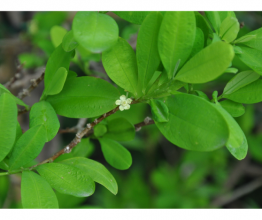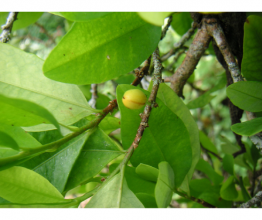Amazonian coca
- ...coca is not found in nature even in its home country, but was probably wiped out due to overharvesting, and is currently known only as a domesticated plant?
- ...coca leaves are legally sold in many south American countries, like Peru and Bolivia?
- ...tea from coca leaves is even the Bolivian national drink?
- ...use of coca leaves has beneficial effects on the human body?
- ...coca was an ingredient in the original Coca-Cola recipe?
- ...Coca-Cola was initially formulated from two primary ingredients, coca and cola nut extracts, containing cocaine and caffeine and since 1903, cocaine was discontinued as an ingredient in Coca-Cola and a larger amount of caffeine was substituted?
- ...the legendary polar explorer Ernest Shackleton used so-called "Forced March" tablets, containing a blend of cocaine and caffeine, and thanks to them, Shackleton's expedition did not lose a single man?
- ...Sigmund Freud experimented with cocaine and in his book about the effects of the leaves; he painstakingly recorded its medical and non-medical use?
- ...thanks to Freud's book, interest in the drug rose, and so Freud is sometimes called the re-discoverer of cocaine?
Basic information:
Division: - angiosperms (Magnoliophyta)
Class - eudicots (Rosopsida)
Maximum height - 50 cm
Distribution - South America
Type of poison - alkaloid
Distinguishing marks:
Amazonian coca is a shrub or small tree with thin, straight branches, covered with reddish-brown ross. It has long leaves with a complete margin and characteristic veining. Tiny white flowers grow from the leaf roots. They have a five-segment petal structure and a crown. The pods are red, pitted monosperms, about 1 cm long and egg-shaped.
Amazonian coca is probably the most well-known plant that produces a drug. In this case, it is a drug with numerous uses. Coca comes from South America, where Indians have cultivated it from time immemorial. The drug is present mostly in the leaves, which are chewed, or cocaine is extracted from them. The extract is used as a narcotic, as a so-called psychotropic agent, and its distribution is regulated. Illegal production of the extract – cocaine, is forbidden. A fatal dose for an adult (70 kg) is around 700-800 mg of cocaine. But that is an average dose; in more sensitive people, a fatal dose may be as little as 30 mg. Poisoning symptoms are psychological irritability, inability to concentrate, feelings of stress, agitation, nervousness, unconsciousness, amnesia, confusion, paranoia, delusions and hallucinations. Higher doses lead to physical symptoms - unusual body postures, tremors of lips and voice, sweating and shivering, dilated pupils, irregular heartbeat, nausea, vomiting, muscle cramps. Death comes from lung paralysis or heart arrhythmia.

